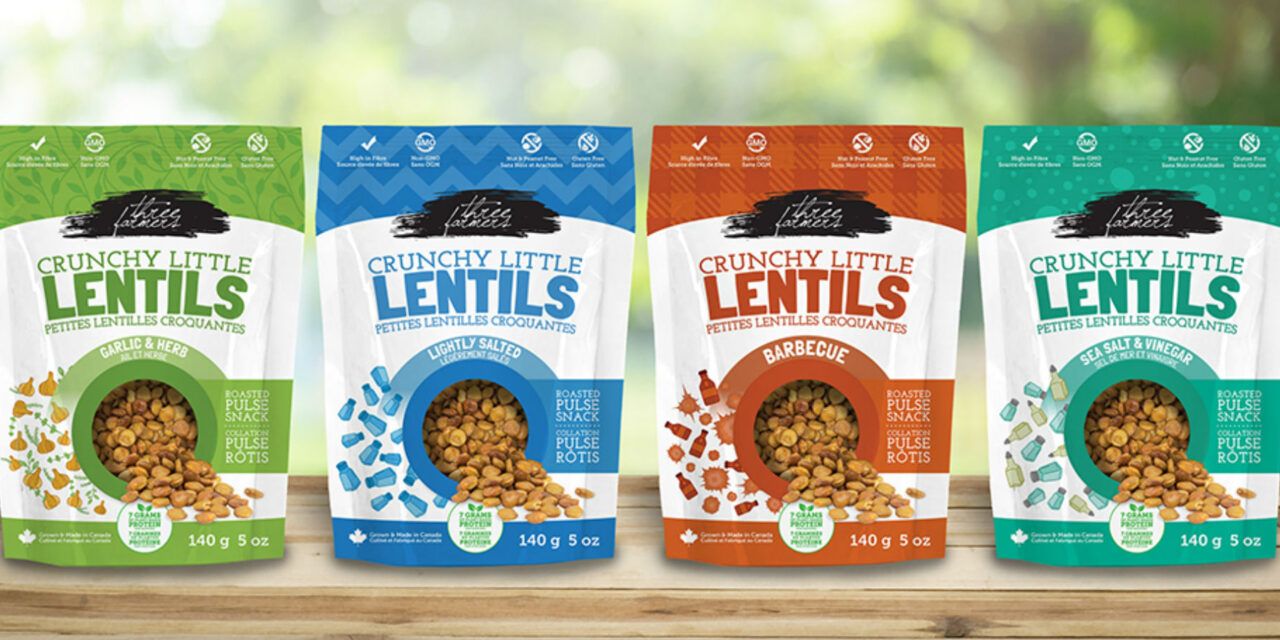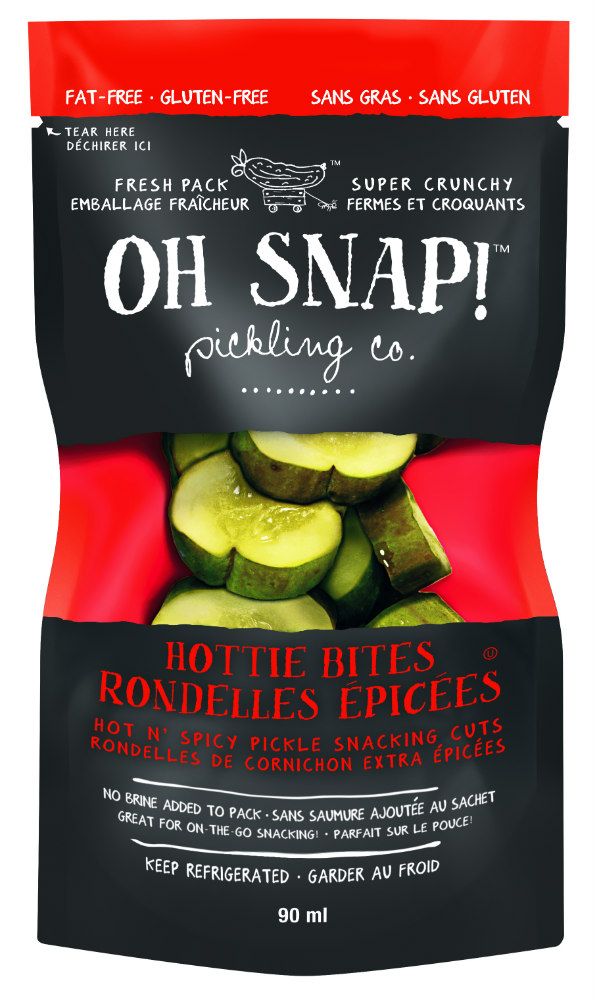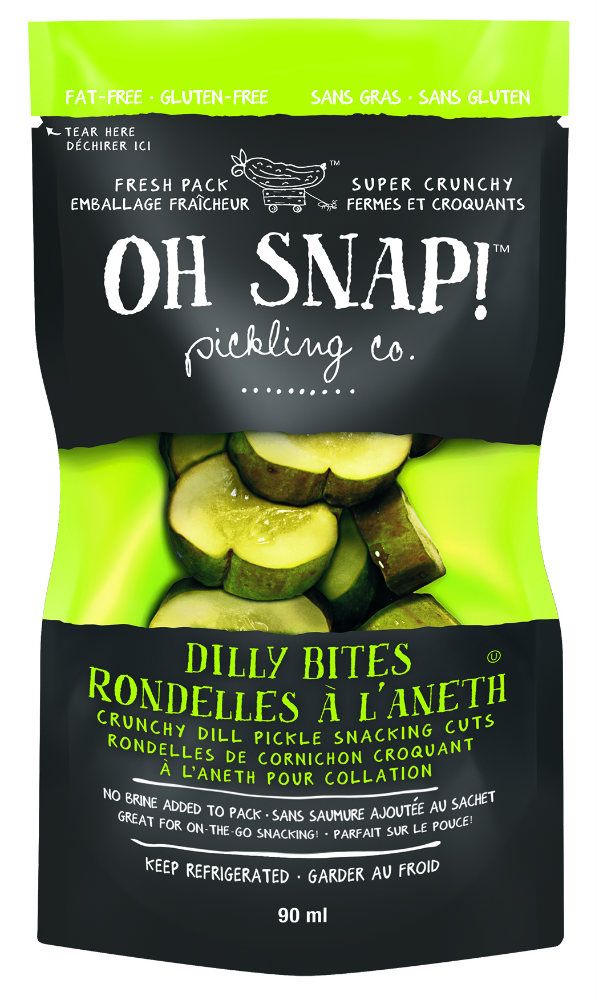
FEEDING THE HUNGER FOR Healthy Snacks

FEEDING THE HUNGER FOR Healthy Snacks
By Angela Altass

Convenience stores can help feed the Canadian consumer’s hunger for healthier foods by keeping the snacks they are looking for readily available for purchase.
“Sixty-seven per cent of consumers are actively working to get healthier or maintain current health, according to a Nielsen Panelviews Survey from March 2017,” says Nicole Rocheleau, director of marketing, Wellness Foods Inc. “With Canadians eating more snacks than ever, healthy snacks are in high demand.”
Nutritional needs continue to become more personalized, says Rocheleau.
“For one person, it might be a focus on less sugar, while another person may be more focused on fibre content,” she notes. “Regardless of what nutritional needs someone is looking to meet, a healthy snack should be made with natural and nutritious ingredients.”
Sixty-seven per cent of consumption occasions are happening outside of the home, according to IPSOS Canadian Snacking Nation Study, 2018.
As consumers turn to snacking more often to get them through the day, finding healthy snacks that fill them with nutrients versus empty calories is becoming more important, says Rocheleau. Wellness Foods Inc. has a portfolio of products that give consumers a range of healthy snack options. Their newest addition is SimplyProtein Cookies, which provide 10+ grams of protein with three grams or less of sugar.
“From a macronutrient perspective, there is a growing demand for products that are high in protein and low in carbohydrates and sugar,” says Rocheleau. “We live in a world where information is so accessible, and consumers are educating themselves on nutrition.”
Plant based foods are a very hot trend, says Elysia Vanderhurk, owner/COO, Three Farmers Foods, whose products, such as roasted chick peas, lentils, and green peas, are alternatives to meat snacks.
“There is growing popularity for better for you snacks that are protein fortified, gluten free, preservative free, plant based, non-GMO, organic and local with authentic branding,” says Vanderhurk, adding that although younger generations are being noted for their interest in reading labels and seeking out healthy foods, every generation is looking to snack healthier because snacks have become a primary source of where Canadians are getting their daily food.
“There are not a lot of people who are actually sitting down for three meals a day anymore,” notes Vanderhurk. “They are looking at snacks as a meal replacement, so with that in mind, I think every generation is definitely looking at snacking from a healthier lifestyle perspective.”
Consumers are learning how to read food labels and understand what they mean, says Vanderhurk.
“When people are looking at a snack product, they are looking at what nutrients are actually in it,” remarks Vanderhurk. “Is there fibre or protein? They are looking at sodium and sugar levels per portion, and then they look at the ingredient list to see how clean the ingredients are. Typically, when you look at ingredients, the ones mentioned first are the ingredients that there are most of in the bag. For example, sometimes some snacks are called veggie sticks, but when you look at the actual ingredients, vegetables are really near the bottom of the list. When you see, for example, a lentil snack that has lentils as the number one ingredient, it is the primary ingredient in the package.”
A snack is healthier if it isn’t fried, is lower in fat and offers proteins and nutrients that empty snacks do not provide, says Vanderhurk.


“Healthy snacks are clean food that offer nutrients, whether it’s low fat, high protein, high fibre, vitamins, and provides fuel for the body,” says Vanderhurk.
Cost is generally not a deterrent to eating healthier snacks, states Vanderhurk.
“If you look at what you are getting per portion, not all the healthy snacks are that much more expensive,” she says. “For instance, our lentils are 140 grams per bag, and they retail for $4.99. A big bag of chips also retails for anywhere from $3-$5 and has fewer grams.”
Three Farmers Foods, whose snacks are all Canadian-made, has a lot of product success in travel centres, convenience stores, and on-the-go locations, adds Vanderhurk.
“When busy people are traveling, they are looking for something that makes them feel good and doesn’t weigh them down,” she says. “They are already feeling crappy from their travels and don’t want to put crap into their bodies.”
Core-Mark has started to work with some Pacific Rim products, says the company’s corporate director of Canadian marketing, Chuck Arcand.
“Packaged seaweed is great,” notes Arcand as an example. “In the U.S., there are seaweed products that have almonds and sesame seeds mixed in. They are called Super Snaps and are really good as well as good for you.”
Although the Baby Boomer generation probably isn’t reading food labels beyond looking at sodium and fat levels, the Millennials and Generation Z are prone to take a more in depth look at what is in a product, says Arcand.
“People are trying to reduce sugar in their diets,” says Arcand. “They are trying to look to other places as sources of protein, and I think some of the manufacturers have come up with some decent products that cater to what consumers are looking for. If stores don’t have a healthy bar section, for example, they are missing out on some growth in snack.”
People are looking to get back to foods that are less processed, with ingredients they can pronounce, says Arcand.
“A lot of it is perception,” he adds. “If you look at kettle cooked chips, for example, we are seeing sales on kettle cooked chips go up as the perception is that kettle cooked chips are from a whole potato, but it’s not really any healthier than a pressed and formed kind of chip.”
Consumers are also looking for some basic snacks that few convenience stores carry, notes Arcand.
People are looking for fruit, like apples, oranges, and bananas,” says Arcand. “They are looking for great salads. But, it is challenging to get a great salad with protein that has a longer shelf life. A lot of our stores don’t order on a frequent enough basis to get three or four times a week delivery.
According to Fresh Snacking, as part of The Future of Fresh report, the demand for fresh has impacted the food landscape over the last three years, with the $40 billion conventional snacking market declining two per cent annually, while health and wellness snacking grew six per cent annually, driven by outsized growth from fresh snacking, which grew eight per cent annually, says Garry Vernon, business development manager, GLK Foods.
Pickled and fermented vegetables have been on trend for the last few years and are now becoming more of a regular item in the diet, says Vernon.
“We see pickled vegetables as an alternative to a bag of chips or a candy bar,” says Vernon. “Our decision to offer our Oh Snap products in Canada came from the daily inquiries we were getting on our website as to when we were going to offer them in Canada. We have developed additional flavour profiles that we will be introducing in the next few months, such as Carrot Cuties and Cool Beans.”
Any snack that is low on carbohydrates and added sugar seems to be on trend, notes Vernon.
Offering healthier snacking options to customers will keep them coming back as they continue to seek out products that provide them with the options they are looking for to fuel them during their busy day-to-day lives.


































